Workers at the St. John’s Community Health clinic said they couldn’t help but notice the woman’s absence. According to them, she’d been a regular presence at the diabetes exercise and food classes offered by the clinic in South Los Angeles County, and she often would then stay for a regular appointment with her doctor. When she simply stopped coming recently, the staff began to worry.
After they contacted her at home, the woman agreed to let a doctor visit her there. “Her blood sugar level was through the roof,” said St. John’s president and CEO Jim Mangia. “She’d been doing really well, so we asked what had happened.”
Answer: The woman, fearful of authorities who were rounding up undocumented residents, hadn’t left her house in five days — not even for a trip to the grocery store, let alone the health clinic. Instead, she told the visiting doctor, she had subsisted strictly on the two things she had on hand — tortillas and coffee.
“This is what happens when people stop receiving the care they need,” Mangia said. “They’re going to get sicker.” A fear of going to the market only compounds the problem.
The last two weeks have pushed California health clinics and hospitals into full scramble mode. Already buffeted by an uncertain financial future, facing proposed massive federal and state funding reductions, the care providers are seeing a new issue: Many of their patients have stopped showing up for appointments, afraid that Immigration and Customs Enforcement (ICE) or other federal authorities may be lurking nearby.
That fear isn’t grounded in any single incident, but rather the collective terror stoked by recent ICE raids in and around Los Angeles. Though the area’s health clinics are open and running as usual, patient visits are down in several parts of the county. St. John’s, which normally sees 10,000 patients a week at its 28 clinics, most of them in the central and south part of the county, has watched its no-show rates spike at 25% to 30%, according to Mangia — three times the norm.
“‘Catastrophic’ is a fair assessment,” said Louise McCarthy, president and CEO of the Community Clinic Association of Los Angeles County, a support organization for the more than 450 full-time community clinics in the L.A. basin. “While [the ICE rollout] was not unexpected, it has been at a pace and ferocity that was more than I think we could have predicted.”
The association has spent months helping clinic workers “to understand the rules,” McCarthy said, including those pertaining to patient privacy and what constitutes a valid search warrant. As many of these clinics are Federally Qualified Health Centers and receive federal funds to provide primary care in underserved areas, they’re required to be available to everyone in their service areas, with no exceptions.
A climate of fear complicates that mission — and it’s not only the patients who worry. Referring to conversations she’s had with human resources workers at clinics across L.A. County, McCarthy said, “They’re getting calls from staffers saying, ‘Am I safe to go to my job?’ These are staff, working and living legally in the United States, and they’re asking if it’s safe — because we don’t know who they’re picking up out there. If the staff is wondering, you know how patients must feel.”
Clinics have responded by playing to their individual strengths — and a deep knowledge of their patient base. In anticipation of the Trump administration making good on its threats against unauthorized residents, St. John’s two months ago ramped up a program, Health Care Without Fear, through which doctors travel to patients’ homes to deliver care. Though still relatively small, the program has been growing at a rapid clip.
Mangia estimates that 20% of St. John’s patients are undocumented, with many more part of mixed-status families in which only some members may be in the country legally. In those situations, he said, undocumented parents “are often afraid to bring kids who are citizens in for their physicals or immunizations. We’re seeing a lot of that as well.”
* * *
The Venice Family Clinic, which serves 45,000 patients in Southern California, is leaning on its robust telehealth practice to continue caring for those reluctant to come in. Ironically, telehealth use of the system was turbocharged a few years ago by another emergent event, the COVID-19 pandemic. Now, it is helping the clinic keep its uptick in cancellations to within a few percent.
“It’s a great modality to break down barriers,” said clinic CEO Mitesh Popat. “During the pandemic, it helped keep people safe from a virus. … But today, if people don’t want to come in, we can say, ‘Hey, we can do this virtually.’”
After receiving feedback indicating that some of its patients are fearful to physically show up for appointments, Popat said, the clinic began scheduling staff-to-patient confirmation calls in which patients are told they can schedule a telehealth session. “The basic thing we’re hearing is that people are afraid and they’re staying home,” Popat said. “If it’s not critical or urgent, they’re not doing it.”
That concern is confined neither to the clinic system nor to Los Angeles. Sandy Reding, who has been an operating room nurse at Bakersfield Memorial Hospital for 30 years, said the area’s immigrant farmworkers “are at times scared to go to work, and other times scared to go home. If they’re afraid to do those things or take their kids to school, then you can be sure they’re going to delay health care unless it’s absolutely necessary.”
“So I’ll see a diabetic who is rationing their insulin and not going to a doctor, and they wind up facing an amputation on my operating room table,” said Reding, a president of the California Nurses Association. “These aren’t criminals. They’re our neighbors and our friends, and they’re also our colleagues in our hospitals. But even those who are documented are fearful, because we’ve seen people in Bakersfield be profiled and harassed.” (Disclosure: California Nurses Association is a financial supporter of Capital & Main.)
The ICE raids and immigration scares could go on indefinitely, or they could end abruptly. Either way, health providers say, there’s a long-term price to be paid in California when those who rely on safety-net systems to see a doctor start staying away.
Ominously, Popat said his system is seeing a rise in cancers found at advanced stages “three and four years post-pandemic, in people who didn’t get the care they needed back then.” The health care that clinics and hospitals either are or aren’t able to provide in 2025 will probably have consequences that are felt years from now.
Copyright 2025 Capital & Main
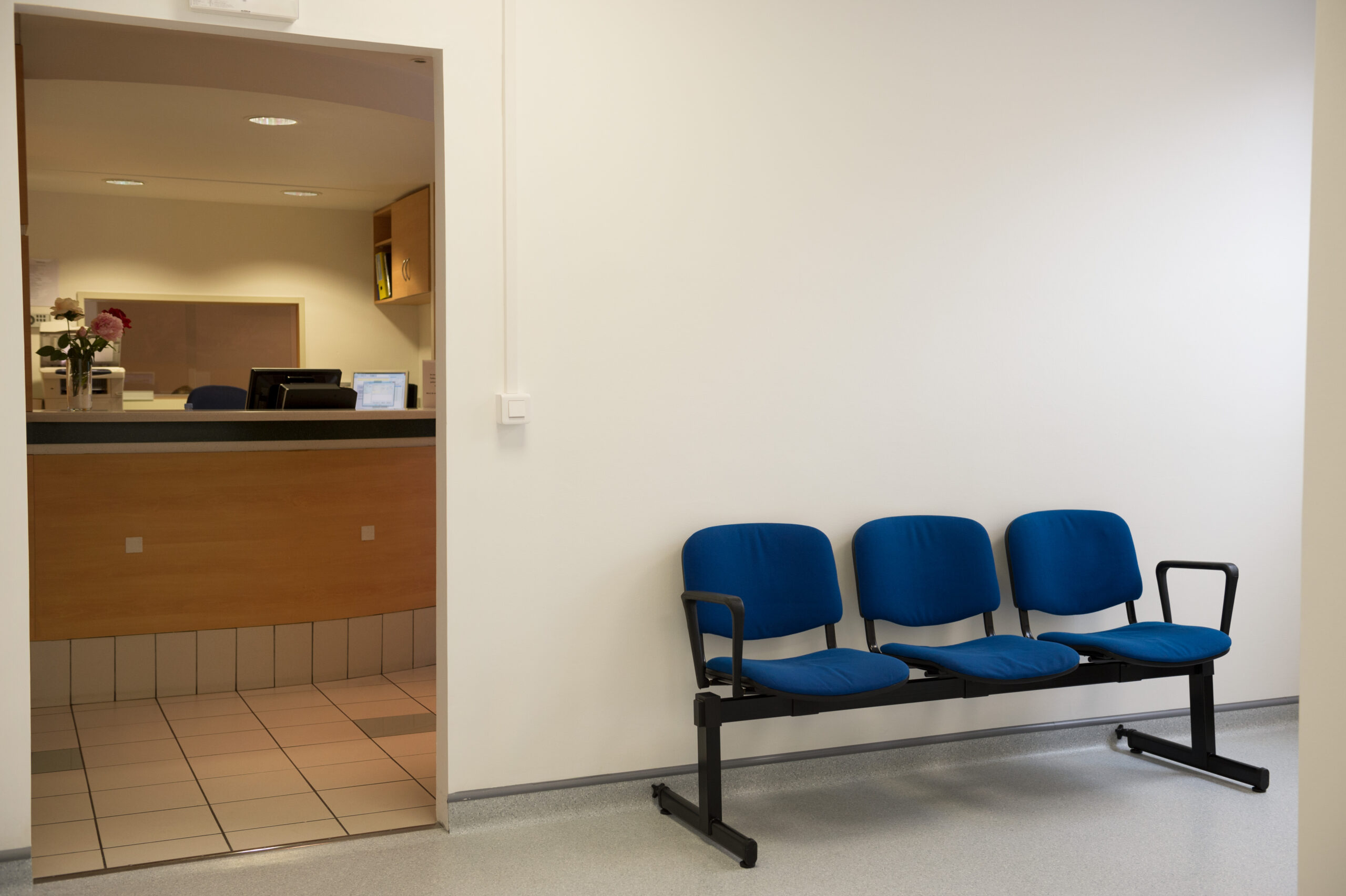

 The SlickNovember 14, 2025
The SlickNovember 14, 2025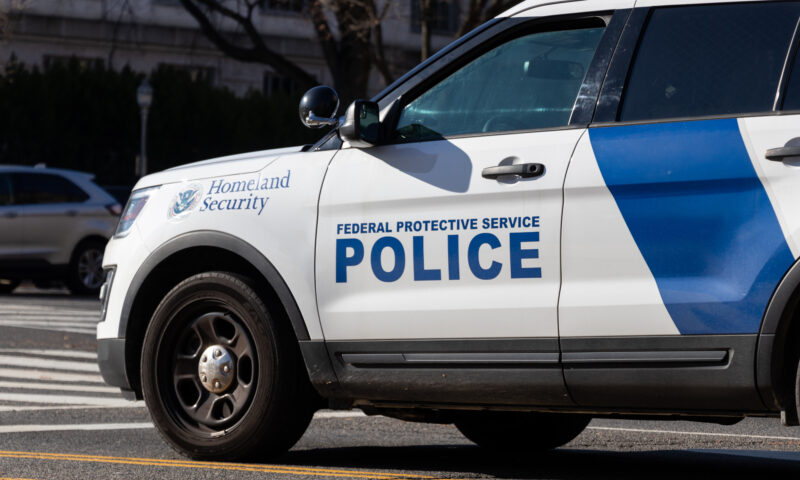
 Latest NewsNovember 11, 2025
Latest NewsNovember 11, 2025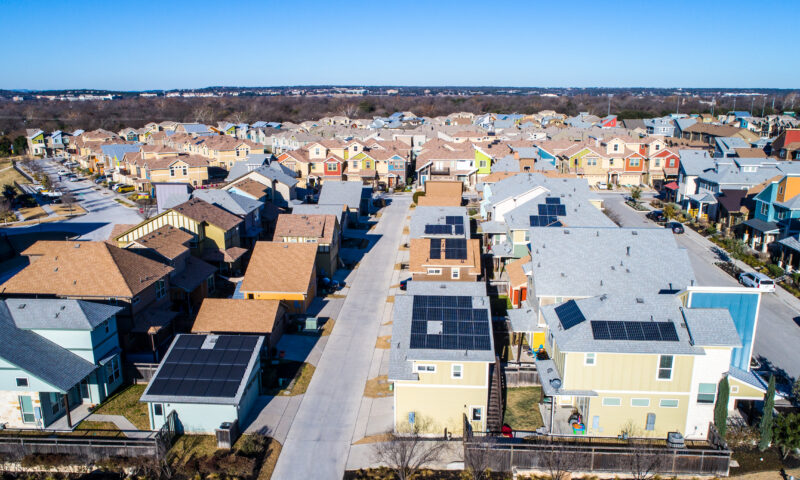
 The SlickNovember 12, 2025
The SlickNovember 12, 2025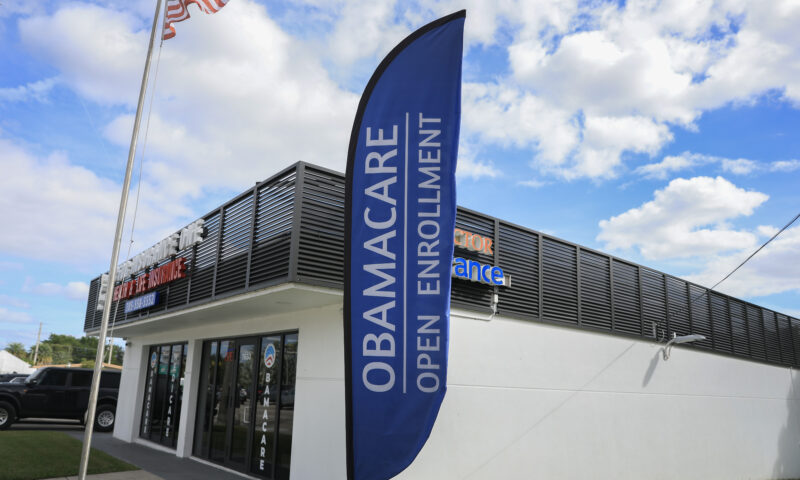
 Column - State of InequalityNovember 13, 2025
Column - State of InequalityNovember 13, 2025
 Latest NewsNovember 19, 2025
Latest NewsNovember 19, 2025
 Latest NewsNovember 18, 2025
Latest NewsNovember 18, 2025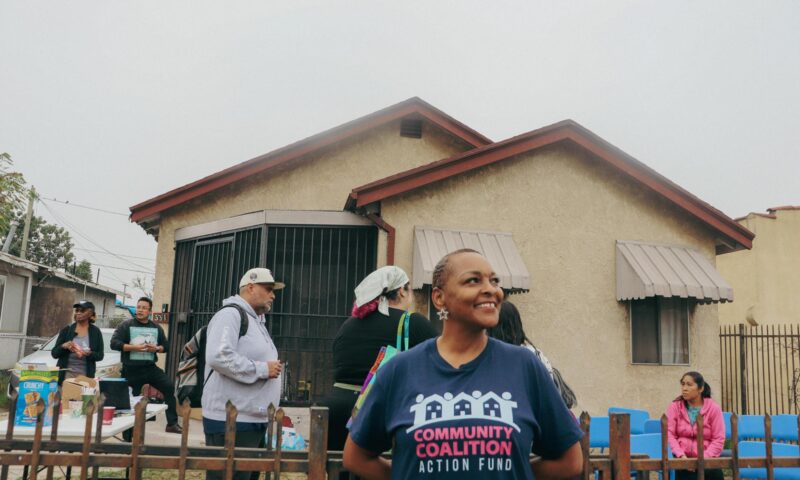
 Latest NewsNovember 17, 2025
Latest NewsNovember 17, 2025
 The SlickNovember 18, 2025
The SlickNovember 18, 2025

